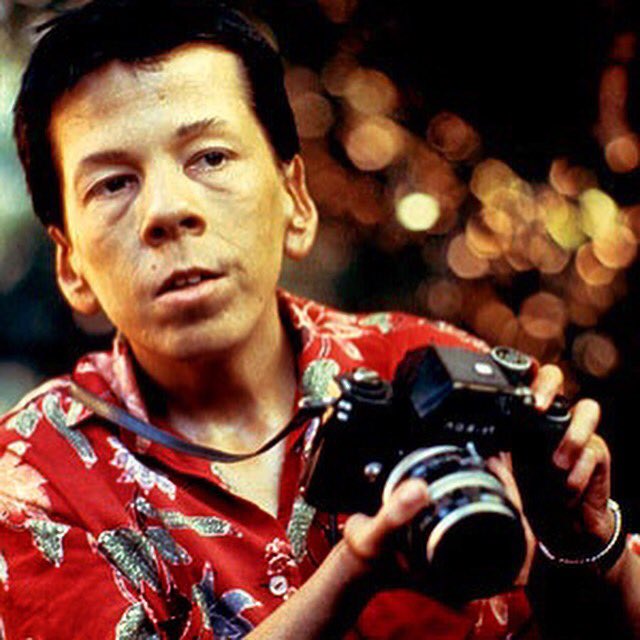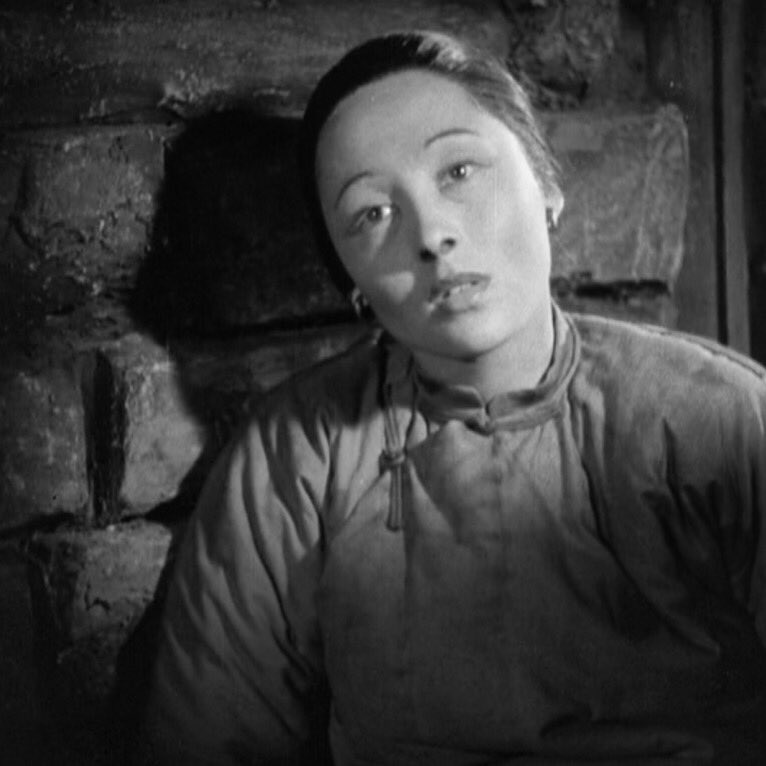In recent years, "The Angry Asian Age" has emerged as a powerful term to describe the growing influence, recognition, and challenges faced by Asians globally. This era is marked by a rise in cultural, economic, and political contributions from Asian communities, yet it is also accompanied by heightened scrutiny and backlash. Understanding this phenomenon is crucial to addressing the complexities of modern society.
The Angry Asian Age represents a pivotal moment in history where Asians are no longer passive participants but active contributors to global progress. This movement encompasses not only economic success but also social, cultural, and political empowerment. It reflects a collective voice that demands acknowledgment and respect.
However, with this rise in influence comes an increase in stereotypes, discrimination, and misconceptions. This article delves into the nuances of The Angry Asian Age, exploring its origins, implications, and potential future trajectories. By understanding this era, we can work towards a more inclusive and equitable society.
Read also:Exploring The Significance Of 1996 Birthday A Comprehensive Guide
Table of Contents
- Introduction to The Angry Asian Age
- Historical Background of Asian Influence
- Economic Contributions of Asians
- Cultural Impact of Asians
- Political Empowerment in Asia
- Challenges Faced in The Angry Asian Age
- Media Representation of Asians
- Common Stereotypes and Misconceptions
- Community Responses to Challenges
- Future Perspectives on The Angry Asian Age
Introduction to The Angry Asian Age
Defining The Angry Asian Age
The Angry Asian Age refers to the current period where Asians are increasingly vocal about their rights, achievements, and struggles. This era is characterized by a growing awareness of systemic inequalities and a determination to address them. It is not just about anger but a demand for justice and recognition.
This movement is fueled by a combination of economic growth, cultural globalization, and increased political participation. It represents a shift from traditional perceptions of Asians as quiet achievers to dynamic influencers shaping global narratives.
Historical Background of Asian Influence
Asian Contributions Throughout History
Asians have made significant contributions to world history, from ancient civilizations to modern innovations. The Silk Road facilitated global trade, while technological advancements in fields like medicine and mathematics originated in Asia. Understanding this rich history provides context for today's developments.
Despite these contributions, Asian voices were often marginalized in global discourse. The Angry Asian Age seeks to rectify this imbalance by amplifying Asian narratives and highlighting their historical significance.
Economic Contributions of Asians
Asia is home to some of the fastest-growing economies in the world. Countries like China, India, and South Korea have transformed global economic landscapes through innovation, manufacturing, and trade. This economic power has enabled Asians to assert themselves on the world stage.
According to the World Bank, Asia contributes nearly 40% of global GDP. This economic influence is a key factor driving The Angry Asian Age, as it provides the financial backing needed for social and political change.
Read also:Famous Wesley A Comprehensive Look Into The Life And Legacy
Cultural Impact of Asians
Globalization of Asian Culture
Asian culture has become a dominant force in global entertainment, fashion, and cuisine. K-pop, Bollywood, and anime have captivated audiences worldwide, while Asian cuisine continues to influence global culinary trends. This cultural export has helped break down stereotypes and foster greater understanding.
Social media platforms have played a crucial role in spreading Asian culture. Influencers and content creators from Asia are reaching millions of followers, showcasing their unique perspectives and traditions.
Political Empowerment in Asia
Political empowerment is a central theme in The Angry Asian Age. Asians are increasingly participating in politics, both within Asia and in diaspora communities. This involvement is leading to policy changes that reflect Asian values and priorities.
Statistics from Pew Research indicate that Asian Americans are one of the fastest-growing voter groups in the United States. This growing political influence is helping to shape national and international agendas.
Challenges Faced in The Angry Asian Age
Racial Discrimination and Bias
Despite their achievements, Asians still face significant challenges, including racial discrimination and bias. Hate crimes against Asians have risen in recent years, fueled by misinformation and stereotypes. Addressing these issues is a priority for The Angry Asian Age movement.
Efforts are underway to combat discrimination through education, advocacy, and legislation. Organizations and activists are working tirelessly to create safer and more inclusive environments for Asians.
Media Representation of Asians
Media representation plays a critical role in shaping perceptions of Asians. Historically, Asians have been underrepresented or misrepresented in media, perpetuating harmful stereotypes. The Angry Asian Age aims to change this narrative by promoting authentic and diverse portrayals of Asians.
Recent films and TV shows like "Crazy Rich Asians" and "Minari" have challenged traditional stereotypes, showcasing the complexity and richness of Asian experiences. This shift in representation is crucial for fostering greater understanding and acceptance.
Common Stereotypes and Misconceptions
- The Model Minority Myth: Asians are often stereotyped as high-achieving and academically successful, ignoring the diversity and struggles within the community.
- The Perpetual Foreigner: Asians are frequently viewed as outsiders, regardless of their citizenship or generational presence in a country.
- The Quiet and Submissive Stereotype: Asians are often perceived as passive and unassertive, which belies the reality of their activism and leadership.
Challenging these stereotypes is essential for creating a more accurate and respectful portrayal of Asians.
Community Responses to Challenges
Activism and Advocacy
Asian communities are responding to challenges through activism and advocacy. Grassroots movements and organizations are working to address issues such as discrimination, representation, and social justice. These efforts are gaining momentum and achieving tangible results.
Collaboration with other marginalized groups is also a key strategy in The Angry Asian Age. By forming alliances, Asian communities can amplify their voices and achieve greater impact.
Future Perspectives on The Angry Asian Age
The Angry Asian Age represents a turning point in history, where Asians are no longer passive participants but active contributors to global progress. Looking ahead, this movement has the potential to reshape societal norms and create a more inclusive world.
Asians must continue to advocate for their rights, celebrate their achievements, and challenge stereotypes. By doing so, they can ensure that The Angry Asian Age leaves a lasting legacy of equality and respect.
Conclusion
In conclusion, The Angry Asian Age is a transformative movement that highlights the growing influence and challenges faced by Asians globally. Through economic contributions, cultural impact, and political empowerment, Asians are reshaping the world. However, addressing discrimination, stereotypes, and bias remains a critical task.
We invite you to join the conversation by leaving comments, sharing this article, or exploring other content on our site. Together, we can work towards a future where all voices are heard and respected. The Angry Asian Age is not just about anger; it's about hope, empowerment, and change.
Data and statistics referenced in this article are sourced from reputable organizations such as the World Bank, Pew Research, and UNESCO. These sources provide valuable insights into the complexities of The Angry Asian Age and its implications for society.


